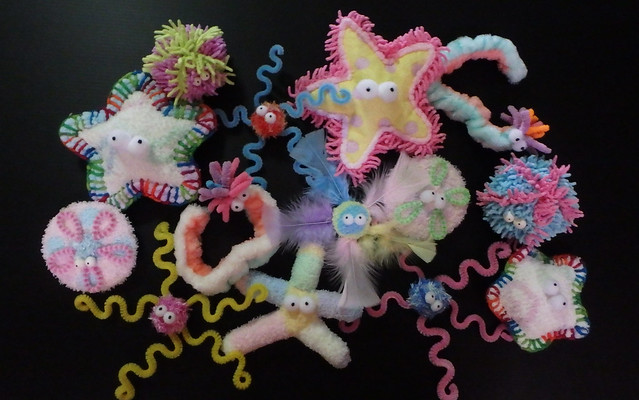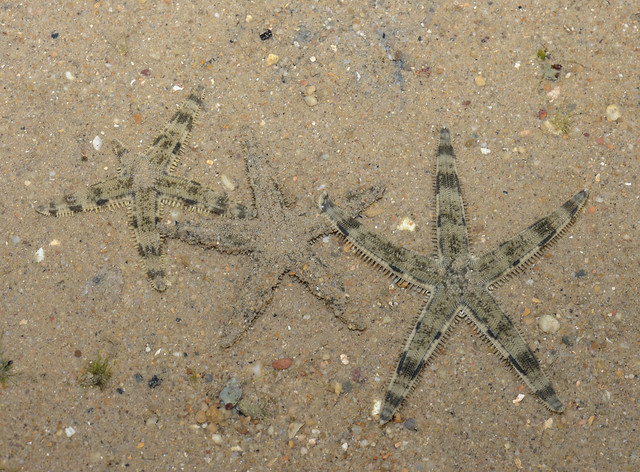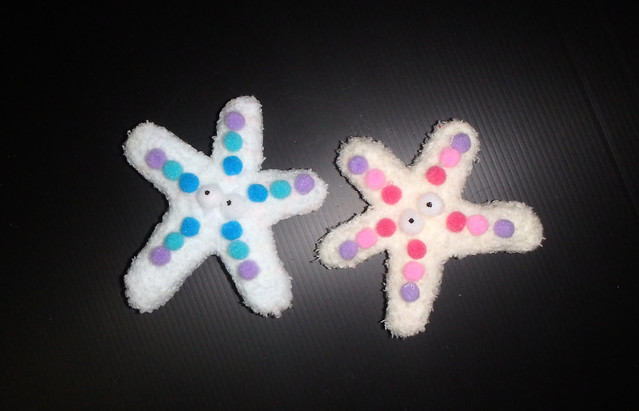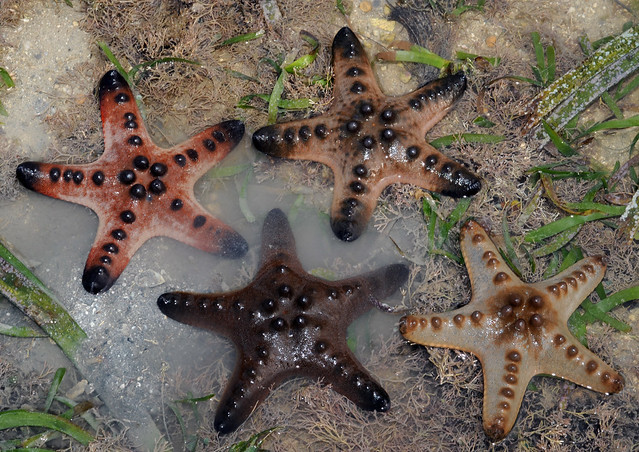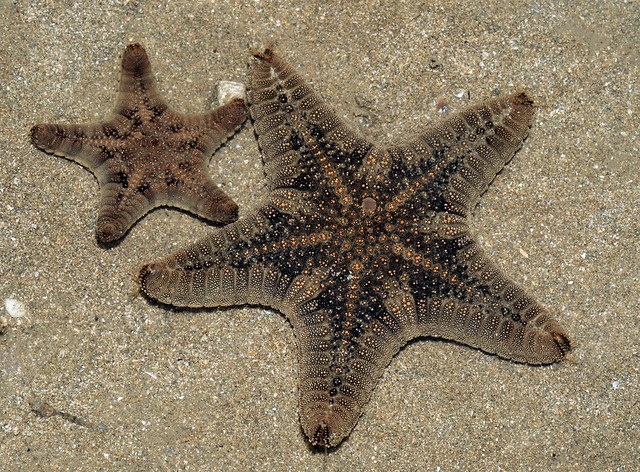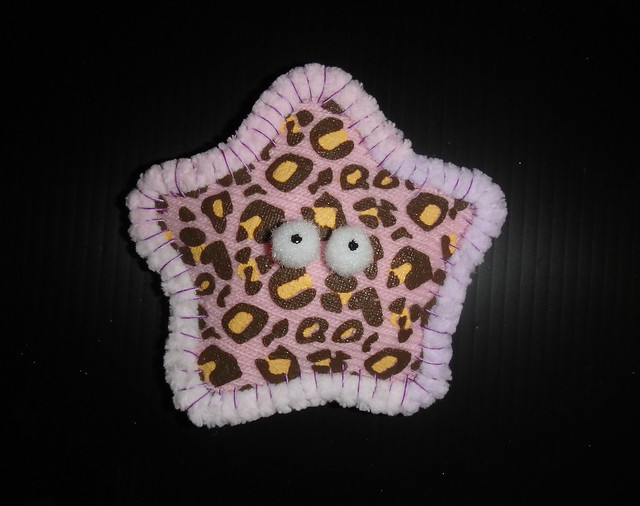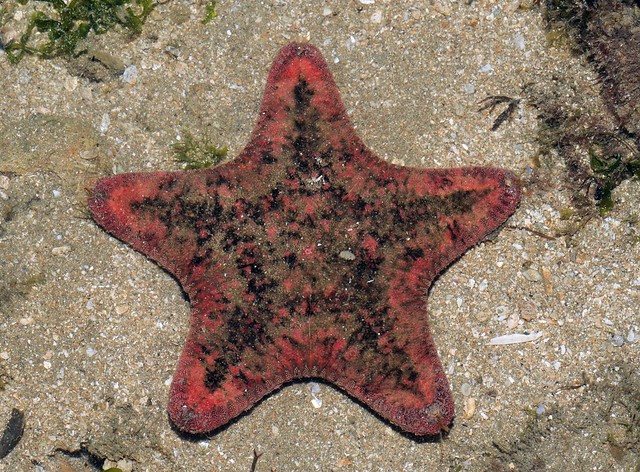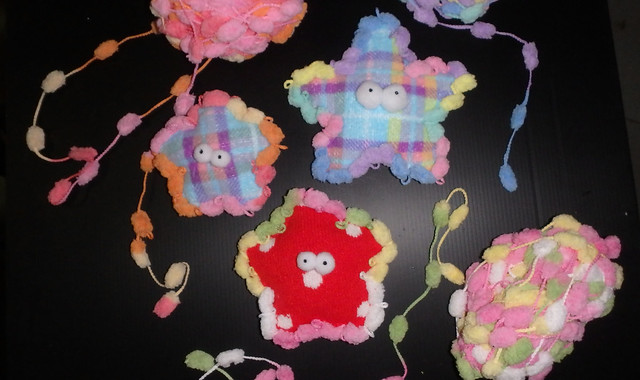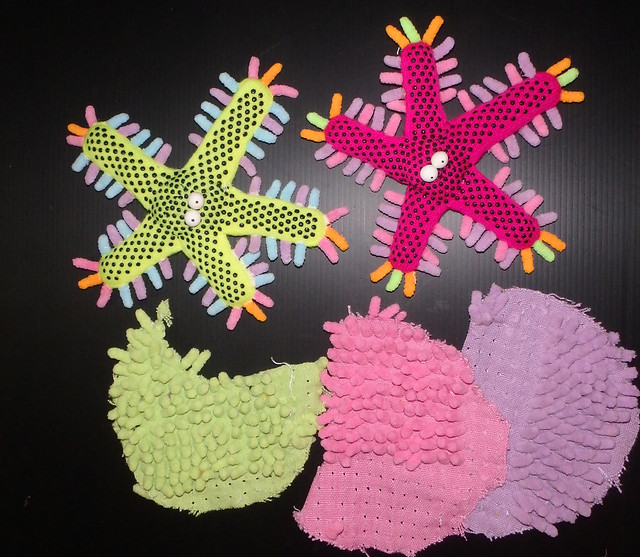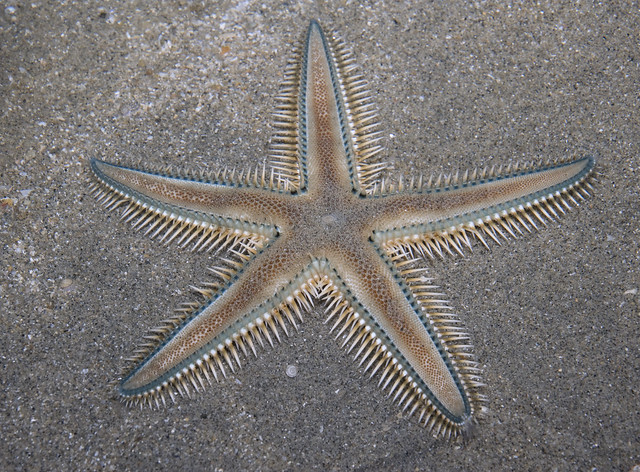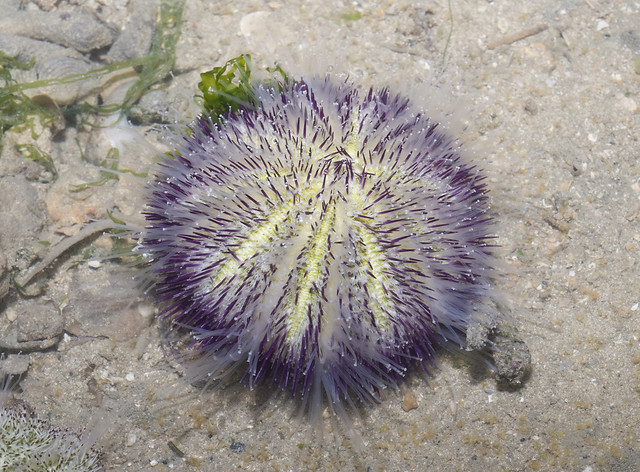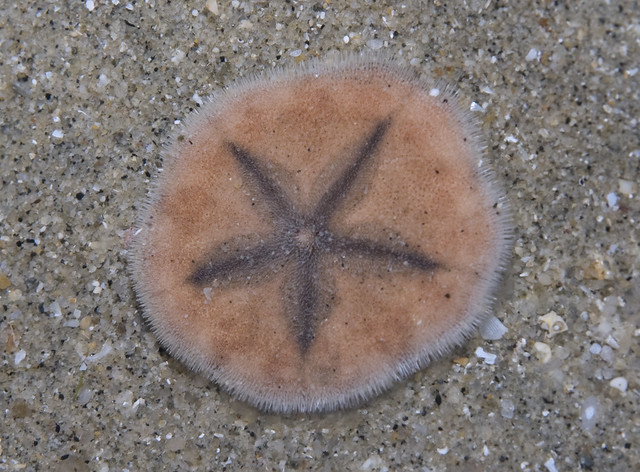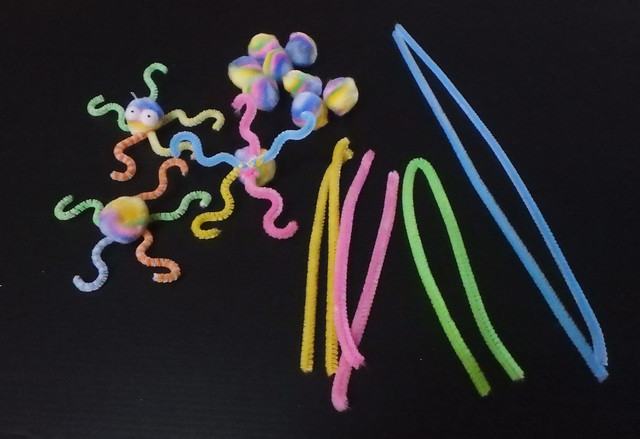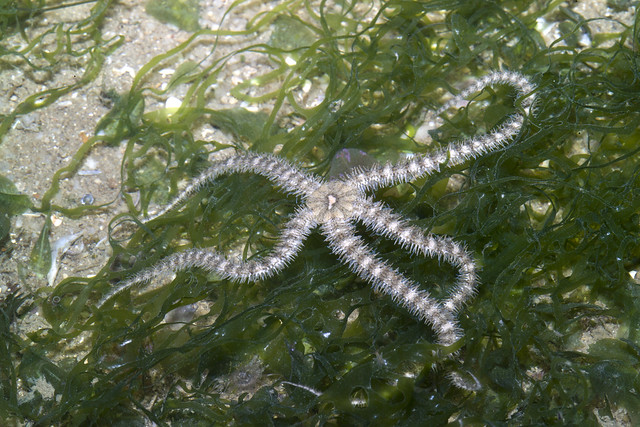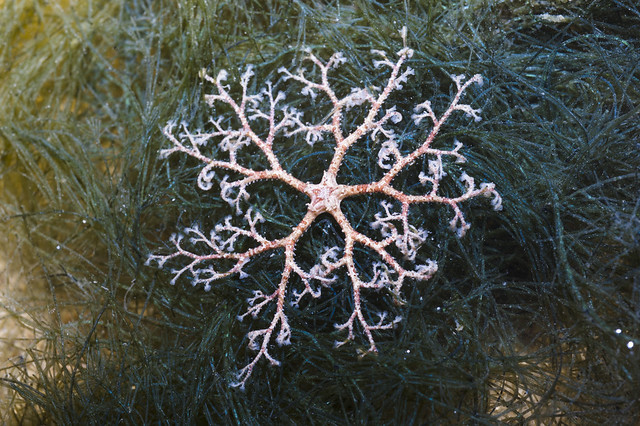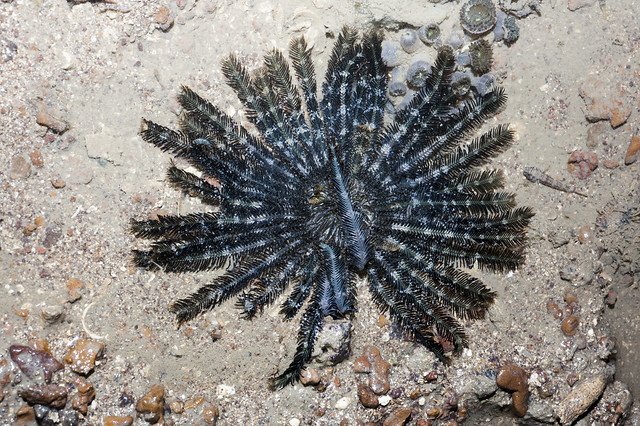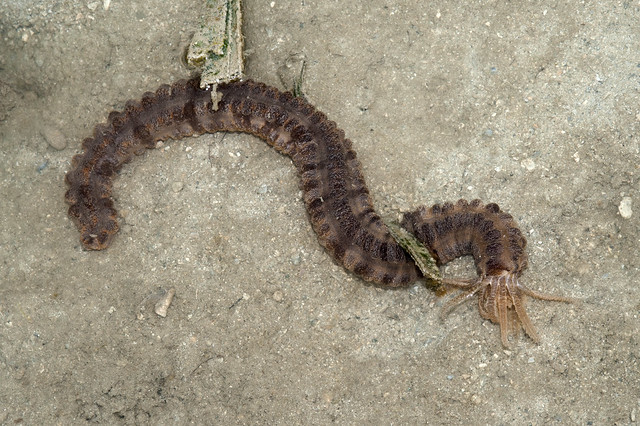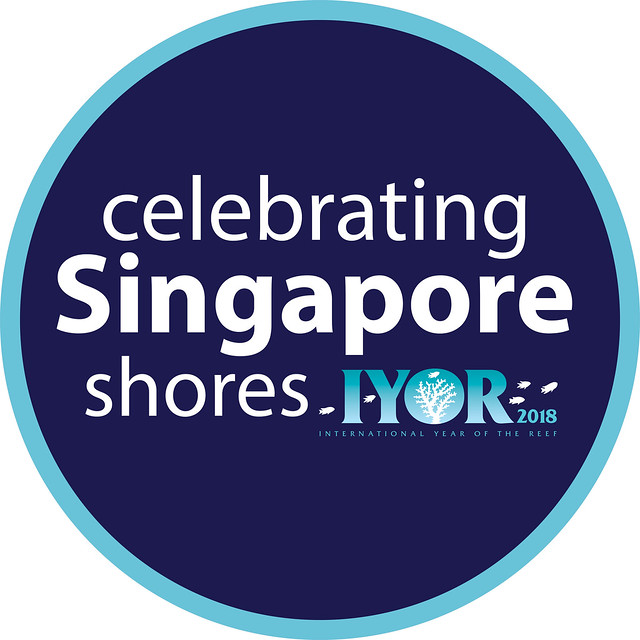Time to make more DIY handmade 'plushie' mascots out of socks! As volunteers prep up for International Year of the Reef 2018 activities!
Being nature people, we are a little picky about making these animals somewhat anatomically correct. Here's more tips on how to make echinoderms!
Echinoderms are marine animals that symmetrical in five parts. As illustrated by the sea star, the most well known of this group. The easiest way to make a sea star is to start with a glove. Cut up the fingers, stuff and sew together to make a five armed sea star. Add white balls and dot with black and you're done!
A Singapore sea star with this shape is the Common sea star. Although this sea star is still the most commonly encountered on our shores, it is no longer as abundant as in the past.
We can also decorate the sea star to match some commonly seen sea stars in Singapore.
Adding bobbles so the sea stars look like Knobbly sea stars seen on some of Singapore shores.
Another way to make a sea star is to sew together two star shaped pieces of socks. Blanket stitching, especially over thick wool, gives the typical edge we see on some of our sea stars.
A Singapore sea star with a neat blocky border is the Biscuit sea star. It is commonly seen on the seagrass meadows of our northern shores.
This sea star looks more like a Cake sea star.
This is what a Cake sea star looks like.
Another way to create a 'blocky' edge around the star, using blobby wool to decorate it after it is stitched together and stuffed.
Some of our sea stars have spiky edges. This is easily achieved by stitching strips of furry cloth on the edge of the sea star arms.
Or snip off some 'fingers' off thicker mop-like cloths and glue them to the sides of sea stars made out of glove fingers.
Some Singapore sea stars with spiky edges include the Sand stars that are commonly seen on our northern muddy and sandy shores.
Another easy echinoderm to make are sea urchins. They are just a ball of spines! They are super easy to make out of a circular piece of furry cloth. Like other echinoderms, sea urchins are symmetrical in five parts. We can illustrate this by adding a contrasting row of colourful furry cloth.
Here's a Passion sea urchin which is sometimes seen on Singapore shores.
Sand dollars are closely related to sea urchins. We can think of them as flattened sea urchins! They have a pattern on the upperside that resembles a flower called a petalloid. Once again, it is in five parts. Use some cardboard as a base, add a little stuffing on the top and decorate with a petalloid made of pipe cleaner, wool or other scraps.
Here's a Thick-edged sand dollar that is sometimes seen on our shores.
The most common echinoderm on our shores are brittle stars. They belong to a different group from sea stars. While sea stars have stiff short arms, brittle stars have very flexible long arms. It's super easy to make them from pipe cleaners and a good way to use up little bits of socks left over from making other animals.
Make lots of little one with left over pipe cleaner in different colours and rainbow fluffy balls.
Here's a Flat-armed brittle star that is commonly seen on our northern shores.
Singapore also has basket stars! It's easiest to make them out of pipe cleaners.
Basket stars are most closely related to brittle stars. They have many arms. Each arm with many branches with curly tips.
Feather stars are also echinoderms! It's super easy to make them from feathers and another good way to use up little bits of socks left over from making other animals. Keep it to five feathers to illustrate the five part symmetry of these beautiful animals.
Feather stars can also be made out of pipe cleaners. I use pens of different diameters to get a nice smooth curl on the pipe cleaners.
Here's a Blue feather star which is commonly seen on Singapore shores. The real feather stars have many more than five arms, but the number is usually a multiple of five.
It is surprising to learn that sea cucumbers are also echinoderms and come in five part symmetry. Most sea cucumbers are just a sausage. Some are long and wormy-looking. They all have feeding tentacles at the front.
Here's a Synaptid sea cucumber that is commonly seen on Singapore shores. It is often mistaken for a worm!
Find out more about the echinoderms of Singapore on the wild fact sheets of wildsingapore.
Did you make an echinoderm plushie? I would love it if you could share a photo of it!
This article is written for Celebrating Singapore Shores as part of International Year of the Reef 2018.

